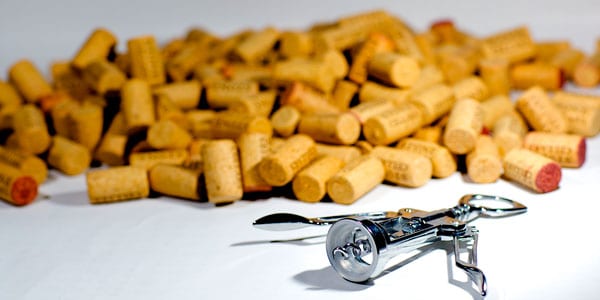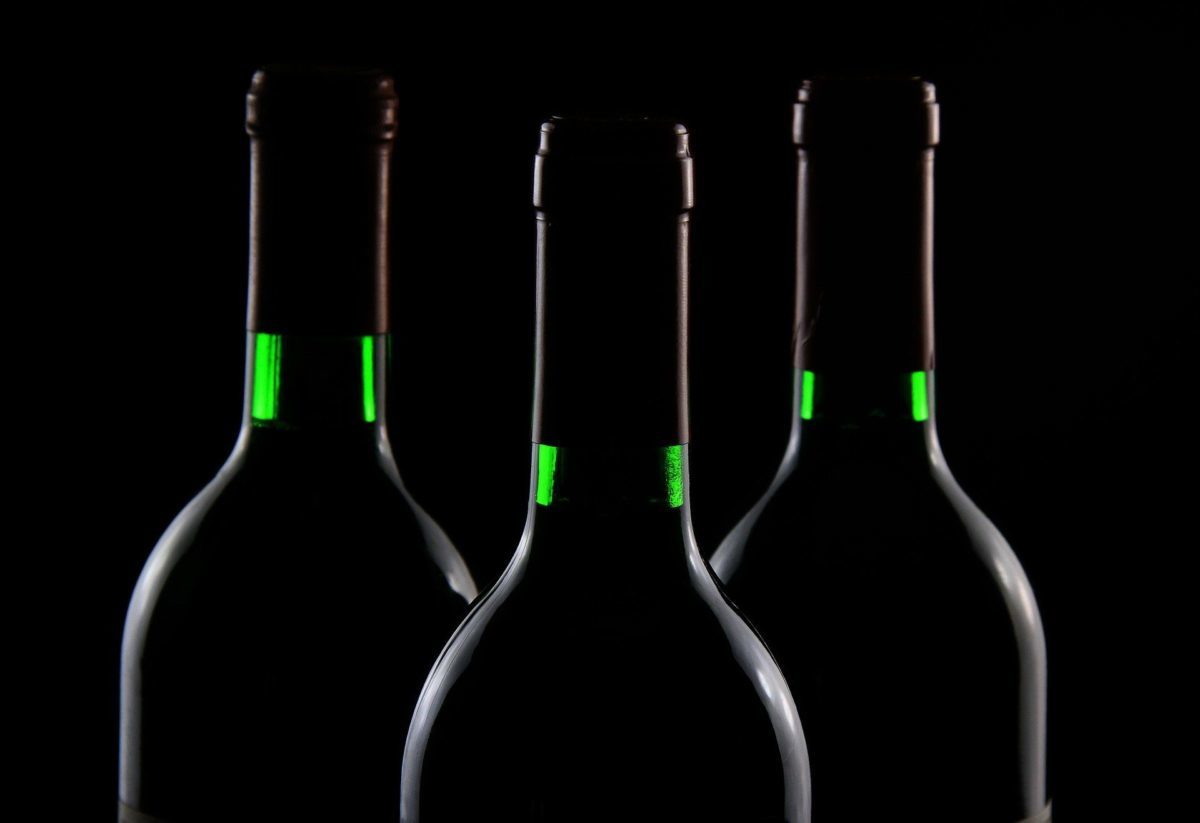
It is known by all that the wine continues to evolve once bottled, for this reason the plug has great importance. Knowing how to choose correct wine stoppers It is one of the most important tasks of winemakers.
In the world they are bottled 18 billion bottles of wine, two thirds of which are bottled with cork. In addition to cork there are other options, we are going to know most of them.
Corks
It is the oldest option and is the best for all aging wines. It is a material elastic, light and porous allowing the micro-oxygenation of wine and this helps their evolution. The bottle must be in a horizontal position to moisten the cork.
Cork comes from cork oak bark, it is a natural and recyclable material. The plugs they are removed in one piece or sometimes two or three and joined together. Although they are usually the same length, some longer plugs are made for top guards. Its production is concentrated in Spain and Portugal the latter being the largest marketer.
Due to its higher price and characteristics, this option is used to reserve wines and of greater value. It is considered the best option although there is the so-called cork defect or TCA. It smells the wine, the fruit of a compound (chlorophenol) produced by the cork oak as a natural defense. Depending on the year, this problem is perceived between 3 and 5% of plugs.
Chipboard plugs
It is a plug made with cork granules and bonded with food glues that do not leave any smell or taste. It is an option cheaper than cork and are usually used for wines with less aging such as breeds or of the year that are consumed quickly. The bottle must be in a horizontal position to moisten the cork.
To achieve plugs more economical, but that serve for superior guards, the so-called technical plugs. They have a one-piece cork base and the intermediate body of the conglomerate stopper.
Synthetic plugs
They are called silicone plugs, made of plastic or silicone. They avoid the problem of cork with TCA and are very economical. This type of plug does not allow any oxygenation. They are used for young wines and without guard. Over time they may give off some plastic odor. These plugs they are not ecological in its manufacture, but it allows wineries to use the same bottling chain as cork.
Screw caps
These caps are hermetic and they do not allow its oxygenation. It is a good stopper for young or fruity wines that we don't want them to rust. It is a stopper widely used in countries where they do not have as much access to cork and a different 'culture' of wine. Although we see wines with these stoppers, many times they house very good wines. This closure it is very practical as it can be opened for consumption very easily.
There are some other types of plugs minority like that of Cristal or rigid plastic that the industry markets in search of the perfect solution for each wine but the cork is still king.
According to a study carried out, the ritual of cap opening and the effect of opening sound gives the perception, in 15% of cases, of a higher quality wine. The study was carried out in blind tastings with the opening in front of the taster.






